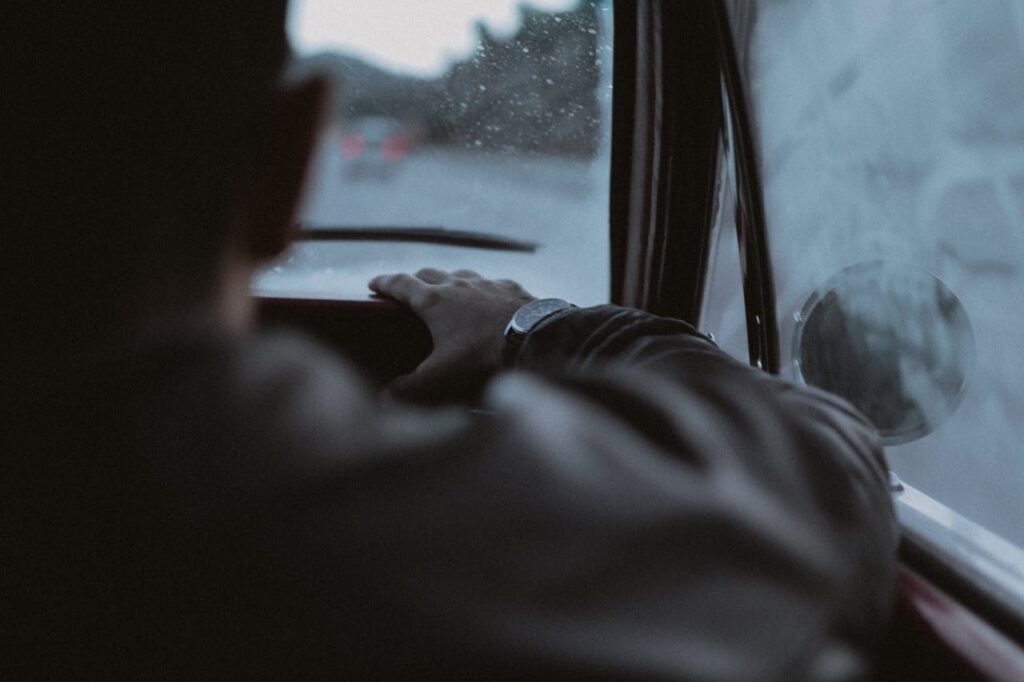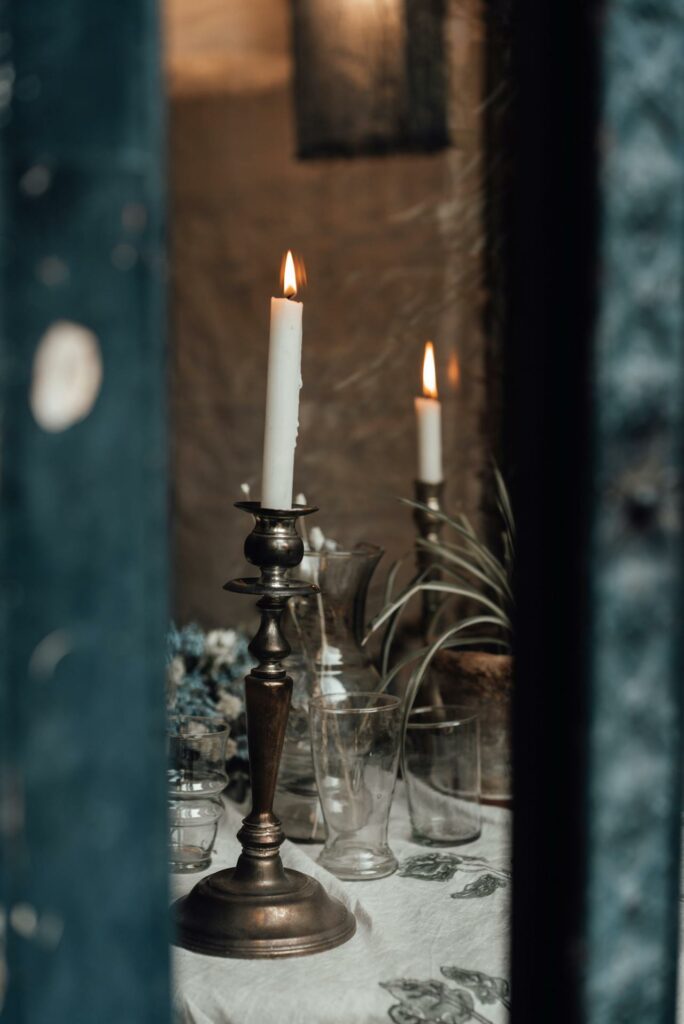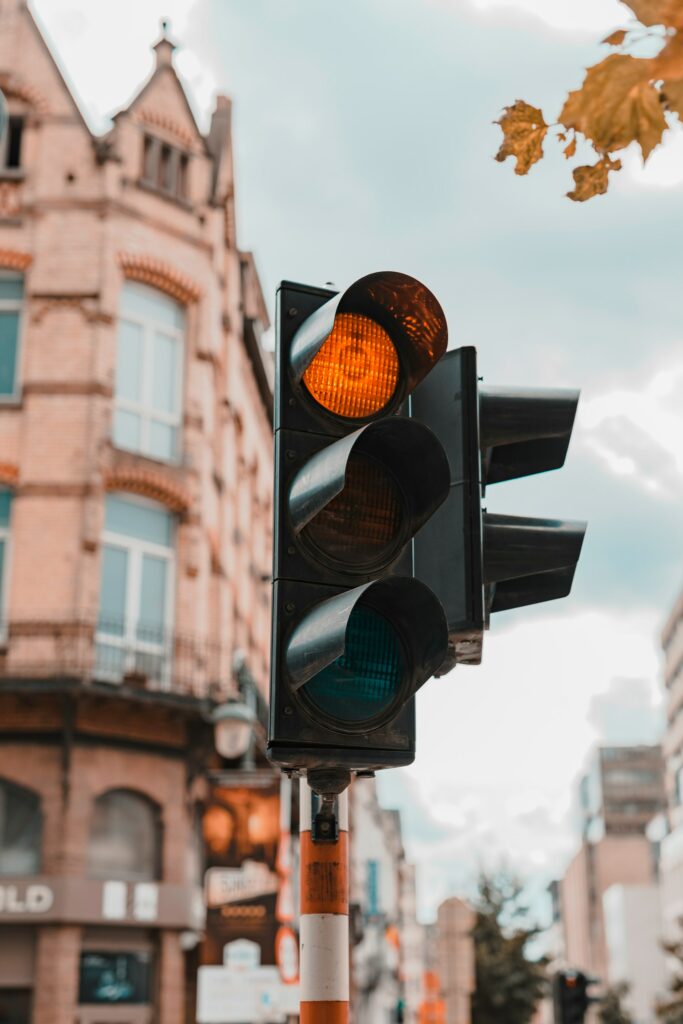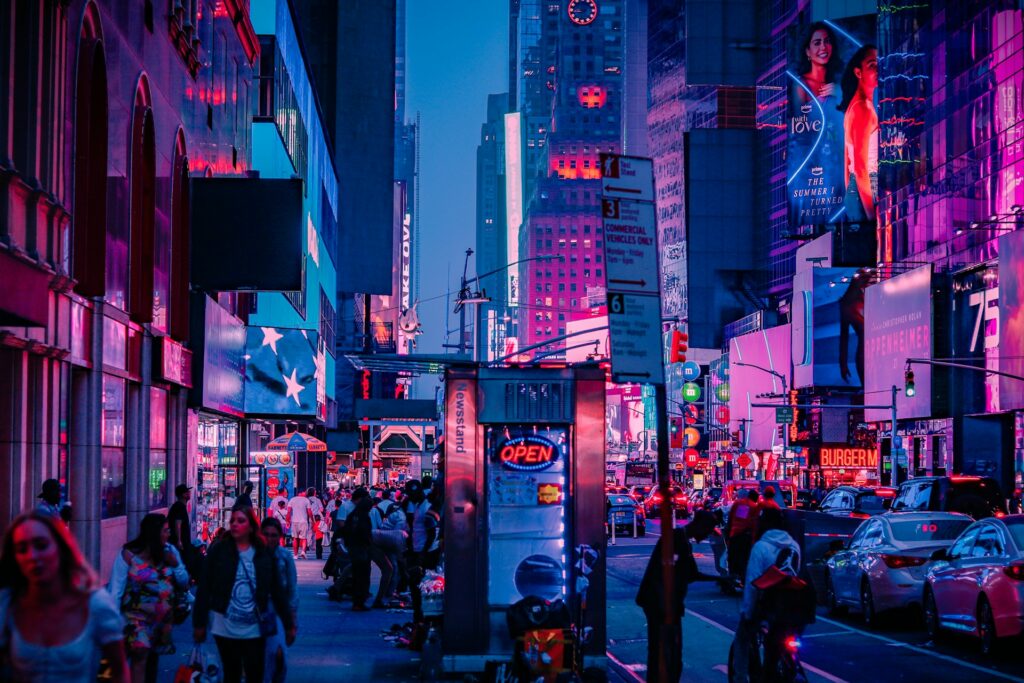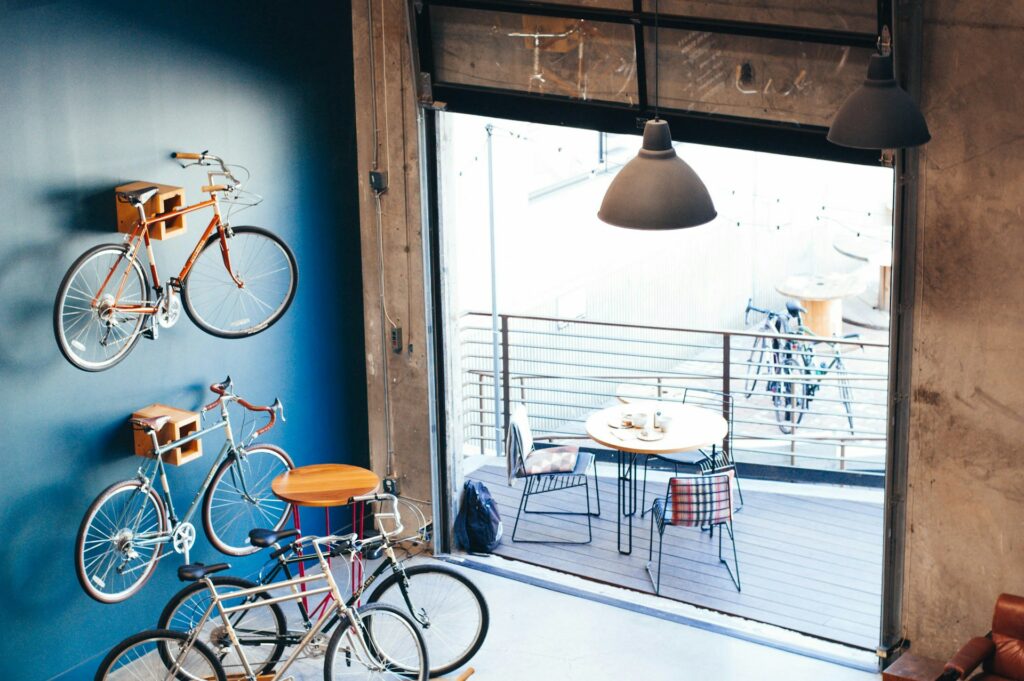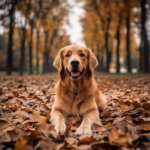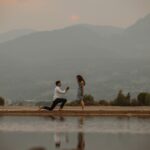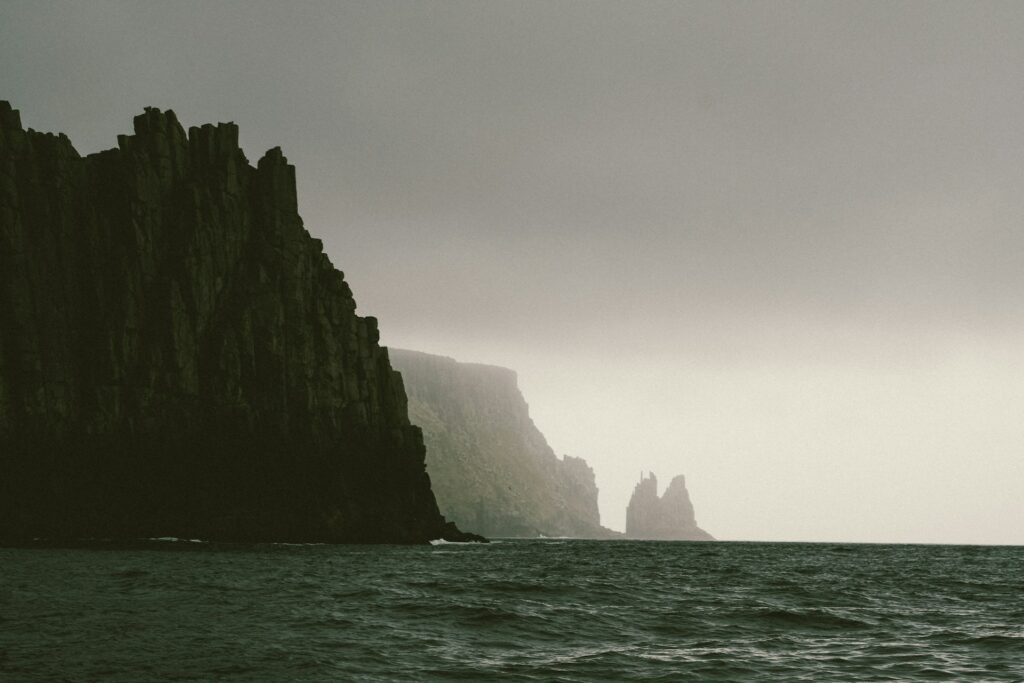
If you’ve ever scrolled through Instagram and paused on a photo that felt like it could be a still from a blockbuster film, you’ve encountered cinematic photography. It’s more than just snapping a picture—it’s about telling a story, creating mood, and using techniques that make everyday scenes feel larger than life. Whether you’re a hobbyist photographer or an aspiring professional, understanding how to make photos look cinematic can elevate your work and give it that movie-like quality.
What Is Cinematic Photography?
Cinematic photography is a style that draws inspiration from film. Unlike traditional photography, which often prioritizes perfect focus and clarity, cinematic photography focuses on mood, atmosphere, and storytelling. Think of those dramatic, moody shots in your favorite movies—the golden hour glow, soft shadows, and wide cinematic framing.
At its core, cinematic photography is about evoking emotion. It’s the difference between a simple portrait and one that feels like it belongs in a film scene. Cinematic photographers consider the same elements directors do: lighting, color palette, lens choice, framing, and narrative.
The Key Elements of Cinematic Looking Photographs
1. Lighting Is Everything
Lighting sets the mood in cinematic photography. Natural light during the golden hour—the first hour after sunrise or the last hour before sunset—creates soft, warm tones that feel cinematic. Harsh midday light, on the other hand, tends to flatten images and can feel less “filmic.”
Artificial lighting is equally powerful. Using a single light source can create dramatic shadows and highlights, giving depth and dimension to your subject. Experiment with side lighting, backlighting, and diffusers to sculpt your scene.
Tip: Cinematic photographers often use low-key lighting to create mood. Think dark shadows contrasted with a small, focused light on the subject—like in noir films or dramatic thrillers.
2. Mastering Composition
The composition in cinematic photography is all about creating a visual story. Directors rarely center subjects in a frame; instead, they use the rule of thirds, leading lines, and negative space to guide the viewer’s eye.
-
Rule of Thirds: Position key elements along imaginary lines dividing the frame into thirds horizontally and vertically. This creates balance while maintaining tension and interest.
-
Leading Lines: Roads, fences, or natural lines can draw the viewer’s eye toward the subject, enhancing the cinematic effect.
-
Framing: Use windows, doorways, or arches to frame your subject. This adds depth and context, making your photos feel like part of a larger narrative.
Pro Tip: Experiment with wide-angle lenses to capture more of the environment. The surrounding context often contributes as much to the story as the subject itself.
3. Color Grading and Mood
Color grading transforms ordinary photographs into cinematic masterpieces. It’s the process of adjusting colors, contrast, and tones to achieve a specific mood. Films often have distinct color palettes—blue and teal for thrillers, warm golden tones for romance, or desaturated muted colors for dramas.
Popular cinematic photography styles include:
-
Teal and Orange: This classic color combination creates contrast between warm skin tones and cooler backgrounds, instantly giving a cinematic feel.
-
Muted Tones: Reducing saturation slightly can give images a timeless, cinematic quality.
-
High Contrast: Deep shadows and bright highlights can make subjects pop and create drama.
Tip: Apps like Colorcinch make color grading approachable. You can experiment with presets or tweak colors manually for a unique cinematic look.
4. Lens Choice and Depth of Field
Lens choice is critical in cinematic photography. Wide apertures (f/1.4–f/2.8) create shallow depth of field, isolating your subject while softly blurring the background. This technique is widely used in movies to draw attention to characters or important details.
Telephoto lenses compress scenes, creating a more intimate, cinematic feel, while wide-angle lenses emphasize scale and environment. Each lens choice changes the story you’re telling, so be intentional.
Pro Tip: Using a 50mm or 85mm lens is a favorite among portrait photographers for achieving that cinematic bokeh effect.
5. Motion and Storytelling
Cinematic photography is often about movement—whether it’s the subtle sway of hair in the wind, a car driving down a deserted street, or the dynamic stance of a dancer. Adding motion or suggesting movement makes photos feel alive and narrative-driven.
Long exposures can create dramatic motion blur, while freeze-frame shots capture intensity in a single moment. The key is to consider what story your photo is telling and use motion to enhance that narrative.
Tip: Even a static subject can look cinematic if placed thoughtfully within a dynamic environment, like a bustling city or a foggy forest.
6. Post-Processing for a Cinematic Look
Post-processing is where many photographers really achieve cinematic looking photographs. Beyond color grading, you can adjust contrast, shadows, highlights, and clarity to match the mood you’re aiming for.
-
Vignetting: Subtly darken the edges to draw focus to the subject.
-
Crop for Aspect Ratio: Films often use 2.35:1 or 16:9 ratios. Cropping your images similarly adds a cinematic framing.
-
Sharpening and Noise: Avoid over-sharpening. A little softness or subtle grain can mimic the filmic quality.
Tip: Study your favorite films for inspiration. Note how directors use color, contrast, and composition—it can inform how you edit your own photos.
Try Colorcinch’s filters and effects to instantly add a cinematic vibe to your photos.
7. Using Natural Environments
Cinematic photography thrives in locations that add context and atmosphere. Urban streets, foggy forests, empty beaches, and architectural structures all contribute to cinematic storytelling. The environment should complement your subject, enhancing the story rather than distracting from it.
Pro Tip: Scout locations ahead of time. Cinematic photographs often require patience and timing—waiting for the perfect light or the right moment of action.
8. Practicing Consistency
Achieving cinematic photography isn’t about a single lucky shot; it’s about building a consistent style. Try developing a visual signature by sticking to a preferred color palette, lighting approach, or type of subject matter. Over time, this creates a recognizable cinematic aesthetic in your portfolio.
Cinematic Photography Gear Essentials
While cinematic photography is more about technique than gear, certain equipment can make the process easier:
-
Camera: Full-frame DSLRs or mirrorless cameras capture more detail and dynamic range, useful for cinematic effects.
-
Lenses: Prime lenses with wide apertures are ideal, but zoom lenses offer versatility for location shooting.
-
Tripod: Essential for low-light or long exposure shots.
-
Lighting Equipment: Reflectors, softboxes, or portable LED lights help control mood when natural light isn’t enough.
Remember, gear won’t make you cinematic—it’s how you use it.
Common Mistakes to Avoid
-
Over-editing: Too much saturation or contrast can make photos look artificial rather than cinematic.
-
Ignoring Story: Cinematic photography is storytelling. A perfectly framed photo without emotion can feel flat.
-
Flat Lighting: Avoid shooting in harsh midday sunlight without modifiers—it flattens depth and mood.
-
Random Composition: Every element in the frame should contribute to the story or mood.
Cinematic Photography in Everyday Life
You don’t need a blockbuster set to practice cinematic photography. Everyday moments—a coffee shop window, a rainy street, or a quiet park—can become cinematic with the right approach. Focus on light, composition, and color, and look for small narratives in ordinary scenes.
Wrapping Up
Cinematic photography is a blend of technical skill and artistic vision. From lighting and composition to color grading and lens choice, every decision contributes to the story your photos tell. By learning how to make photos look cinematic, you elevate your work from simple snapshots to visually engaging stories that draw viewers in.
Start small: experiment with lighting, explore different locations, and study films for inspiration. Over time, creating cinematic looking photographs will become second nature, and your portfolio will reflect a consistent, storytelling-driven aesthetic.
Remember, the magic of cinematic photography lies not just in how your photos look, but in the emotions they evoke. So pick up your camera, chase the light, and start turning everyday moments into cinematic masterpieces.



